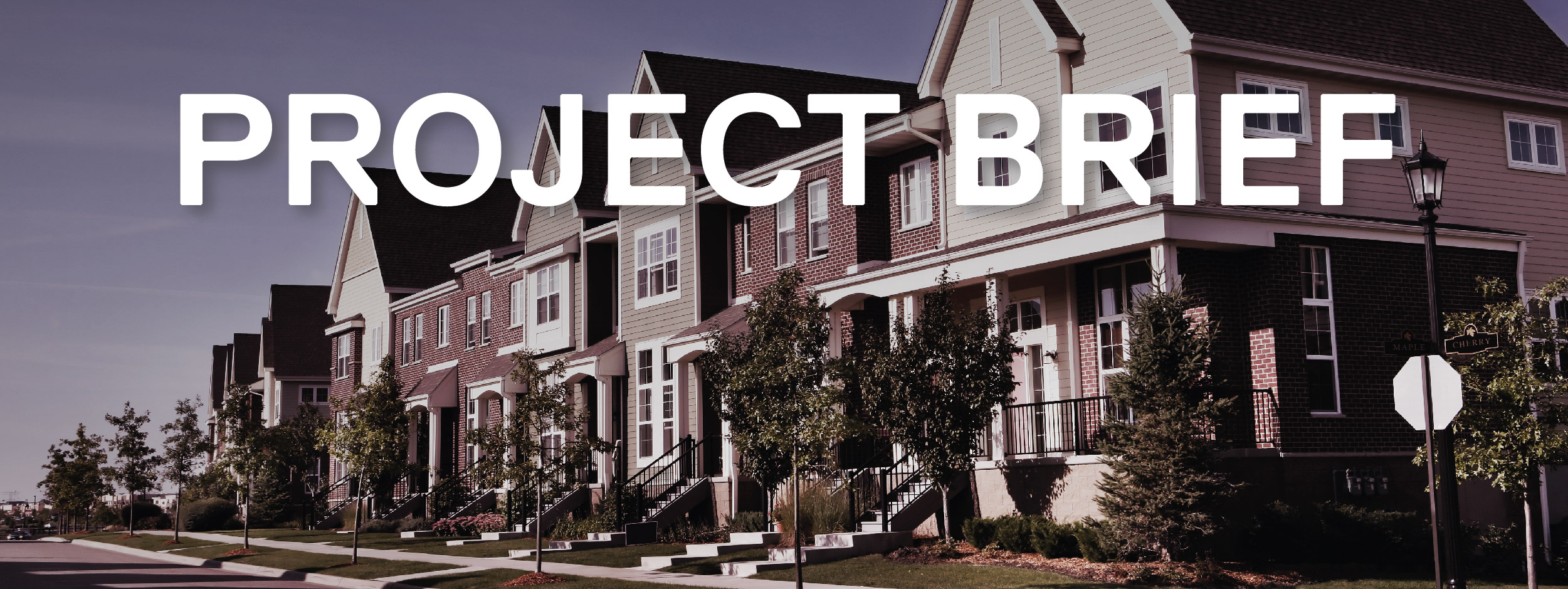TRANSNATIONAL HOUSE: Capital and the production of transnational urban spaces in Toronto and beyond


Amin Moghadam, Sara Hormozinejad (researcher)

This project explores home ownership experiences of Iranian immigrants in Toronto at the intersection of urban and immigration policies in this city and in relation with immigrants’ migration journey. As such, it also probes the role played by market forces in influencing housing supply aimed at attracting the transnational immigrant and real-estate investors. Using a case study of the Iranian community in Toronto, the project seeks to understand how the pursuit of “home” represents a socio-spatial practice at the individual level (i.e., through the individual’s quest for integration), as well as a force for urban change (i.e., through the evolution of a city’s physical form and the amenities designed to attract immigrant investors).

- How does the quest for a house – as an investment or as a place for living and belonging called “home” – structure a migrant’s integration trajectory?
- What does immigrants home ownership and transnational real estate investments tell us about migration and urban development processes?
- What is the impact of this quest on cities, and how do cities adapt their housing policies in response?

For many migrants, home ownership marks a step forward. It is a form of social and economic integration, both within their own community and their host society. Research shows that the prevalence of home ownership and risk exposure can be higher for immigrants than members of the host communities.
From the decision to allocate personal capital to real estate, to material and aesthetic choices, the migrant’s creation of “home” can inform our understanding of the sociology of social status as well as the long-term welfare prospects of newcomers. As transnational actors – for whom “home” is both the one left behind in their country of origin and newly established in the host country – their practices have a distinctive influence on the transformation of urban spaces, from architectural models to lifestyle trends.
At the same time, major urban centres around the world are competing for immigrant capital through housing supply. The first decade of the 21st century witnessed the further internationalizing of the real estate sector, as urban and migration policies at the local and national level were designed to attract inflows of foreign and migrant capital. The proliferation of high-rise, luxury residential towers in the downtown core of major cities has occurred, in part, to attract the transnational immigrant.
Despite the large-scale patterns of change underway, research on this topic remains limited. Much of the existing literature focuses on the role of Chinese or, albeit more rarely, Indian communities in shaping the cultural and material environments of cities in northern countries such as Canada.
The Iranian case has the added difference in that capital outflows and human mobilities from Iran are substantially affected by the decades of sanctions imposed on the country and its isolation from the world. Thus, this project will contribute to the fields of urban and migration studies and well as Iranian diaspora studies.

This project involves an ethnographic account of real estate investment and home ownership practices using qualitative interviews with both migrants and real estate agents. The project uses quantitative data on housing, home ownership and real estate investment according to residents’ status, country of origin, housing types, housing prices and geographical locations. The project also pays particular attention to the types of interior and exterior architecture favoured by migrants for their investments by conducting a photographic survey which explores new aesthetic values.

An analysis of interviews conducted with real estate agents and mortgage experts in Dubai, Istanbul and Toronto, will be presented in a forthcoming paper to be published in 2024. Interviews with Iranian homeowners in Toronto have been conducted to understand how famlies and individuals safeguard capital accumulation in relation to their migraiton and urban experince.
Conferences
A panel entitled, "Homeownership and inequalities in a transnational perspective" was co-organized at the Imiscoe international conference, July, 2023, and a paper was presented “Disenchanted ownership: Integration and migrant property in Toronto."
Publications
Moghadam, A. (2022). Migrants and their cultural world: When things teach us about lives. In Routledge Handbook of Immigration and Refugee Studies, 2nd ed., 255–64.

CERC Migration

real estate investment, housing, home making, Iranian diaspora, diasporic capital, transnationalism, Toronto